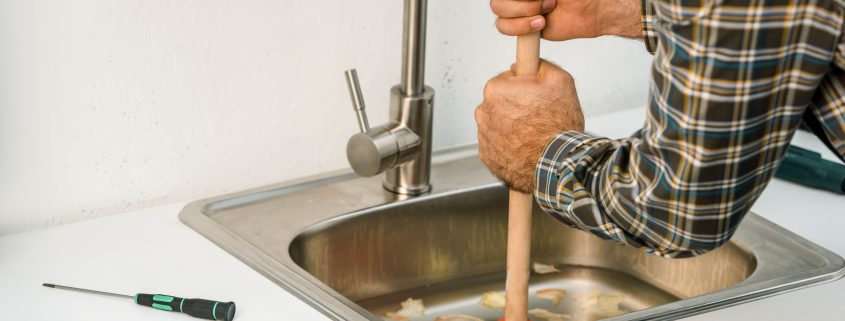Preparing for the worst: Maintenance funds and property inspection reports
Imagine. After years of saving enough for a deposit, you’ve finally been able to put together enough pennies to buy a home that ticks all the right boxes. Or you’ve been living in an old, tiny home for years and now you’re finally ready to upgrade to a bigger, better home. With all your furniture moved in and the bliss of owning your own home still being felt, you begin to settle into paying off your mortgage. But what happens when a few weeks in, your water main blows, and after spending all your savings on the house, you can’t afford the heavy bill?
When you’re a homeowner, anything that goes wrong is entirely your responsibility. That’s why it’s not only a good idea to get a property inspection report so you know what you’re getting yourself into, but it’s also essential that you start a maintenance fund — before you buy. And if you’re buying a property to rent, it’s even more imperative that you have savings set aside in case serious maintenance is required down the line.
Safeguarding your investment.
Your maintenance fund is the savings you accumulate to set aside in case anything goes wrong with your property that will need fixing. Building a maintenance fund is the most concrete way of protecting yourself against future financial strife.
Whether it’s regular maintenance to make your property stay in good shape longer or fixing something that’s unexpectedly broken, maintenance is a beneficial investment. Keeping your home in great shape will help it increase in value, while regular home maintenance can help you avoid bigger costs down the line. By consciously factoring in the maintenance of your home, you’ll be safeguarding your investment.
Building your maintenance fund.
Buying or owning a home always includes an element of risk, and you should be factoring this into your monthly budget.
We recommend setting aside 1-5% of your income each month, depending on what’s feasible for your situation. There are loads of savings tools out there to get the ball rolling and help organise your finances – apps like YNAB can help you plan ahead and build up your maintenance fund. Otherwise, consider putting money aside into a separate bank account (perhaps with a different bank) that you don’t touch except in the case of emergencies.
Get a property inspection report.
It’s important to get your budgeting sorted before you buy a new home but having a professional building report conducted on the property first is equally as vital.
Looking out for areas that may require serious maintenance down the track can be challenging if you don’t know what to look out for. You’ll need to know what could require fixing, replacing, or heavy upkeep before you make the big purchase. This could include (but isn’t limited to) replacing that old roof or aging hot water cylinder – both could cost several thousand dollars to replace.
Many people take the risk and don’t get a pre-purchase inspection report done before buying – instead, they discover issues once they take possession! Getting a qualified pre-purchase building inspector to give your potential new home a thorough look over to identify the potential risks is your best chance of making sure your home won’t cost you a fortune in the long run. At best, you’ll avoid any big fix-up or maintenance costs, but at the very least you’ll know what to prepare for so you aren’t hit with lots of nasty surprises on move-in day. The cost of a pre-purchase inspection is a drip in the ocean in relation to the cost of the house.
Get a quote for your property inspection report today.








